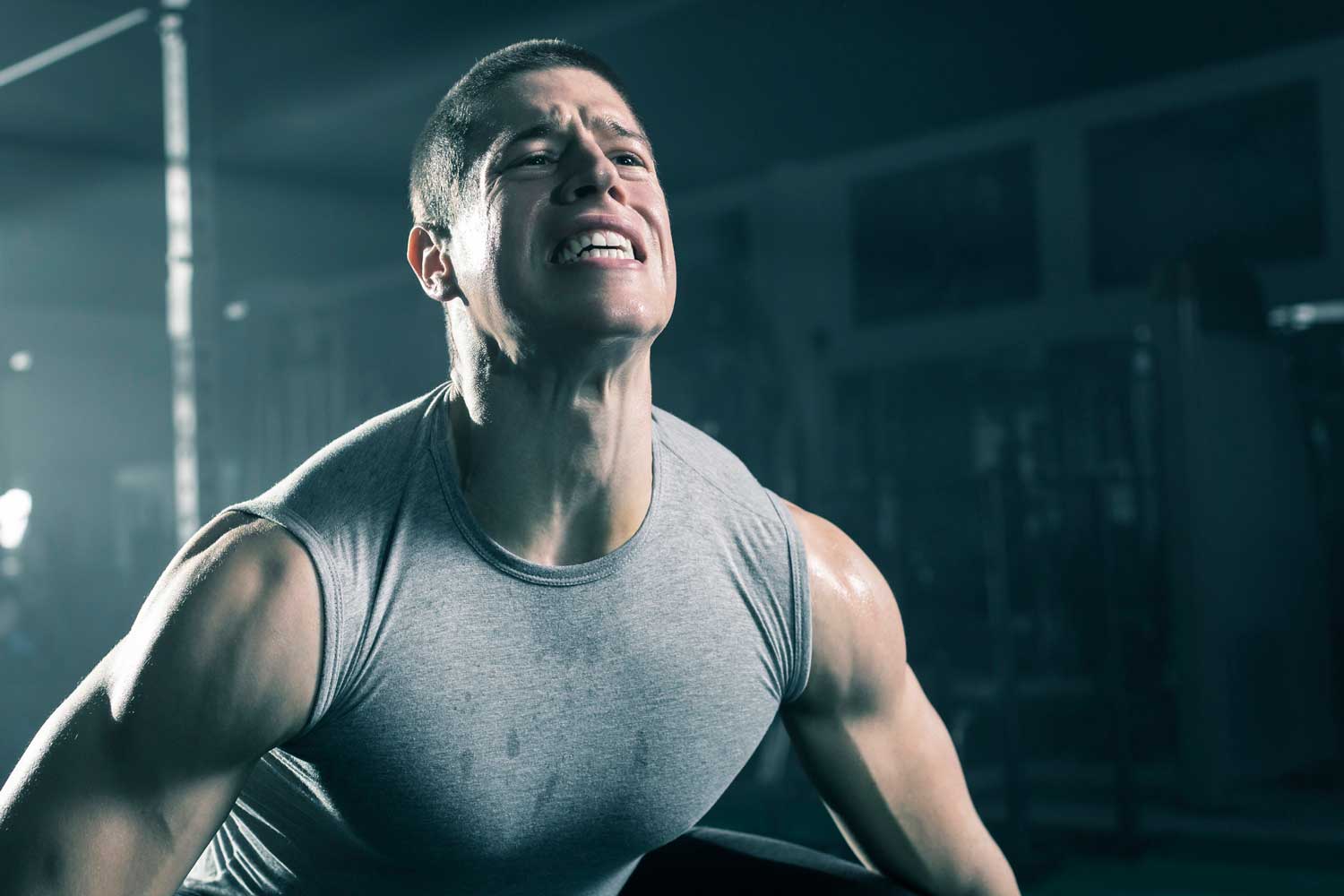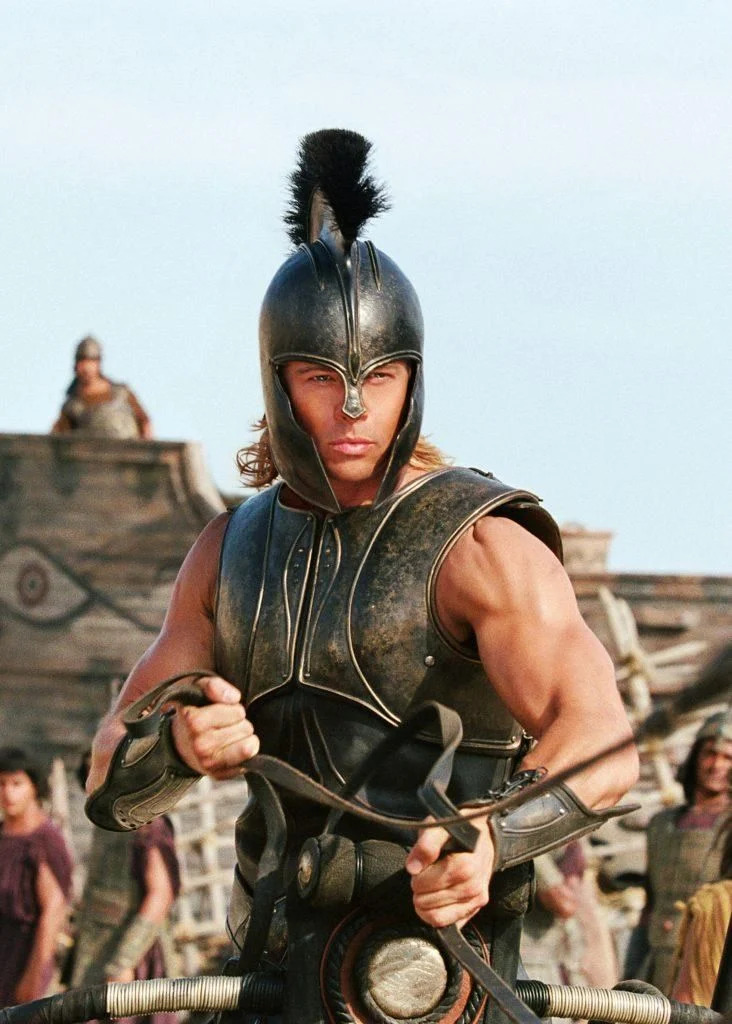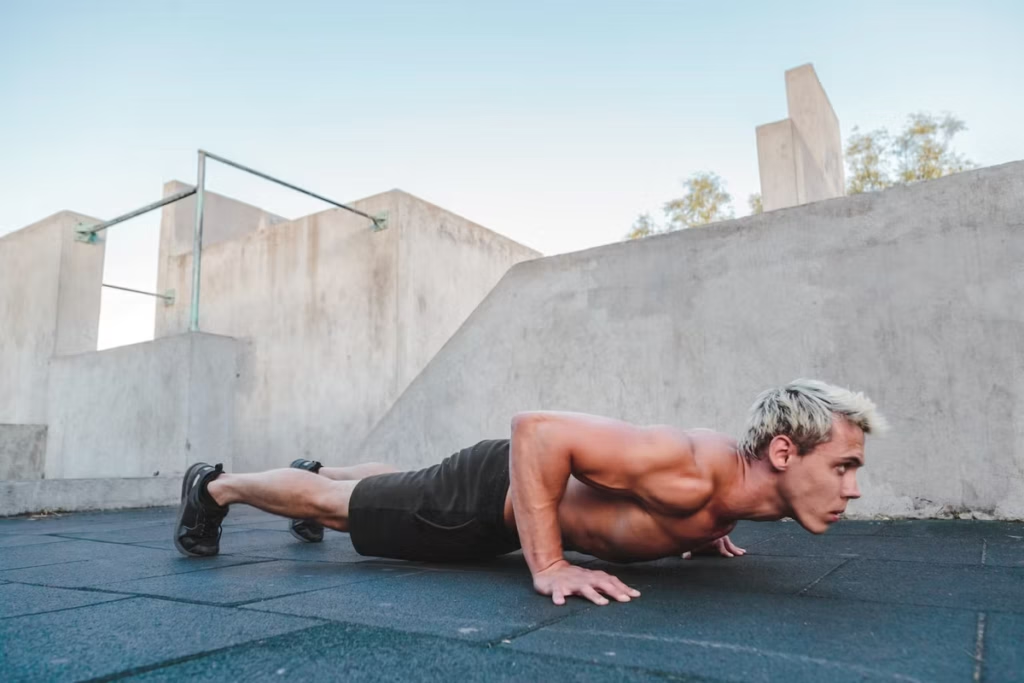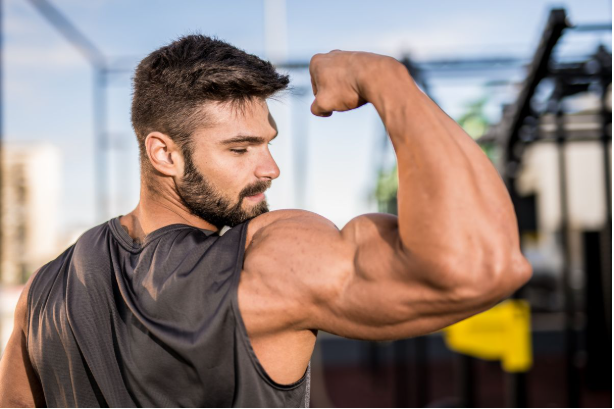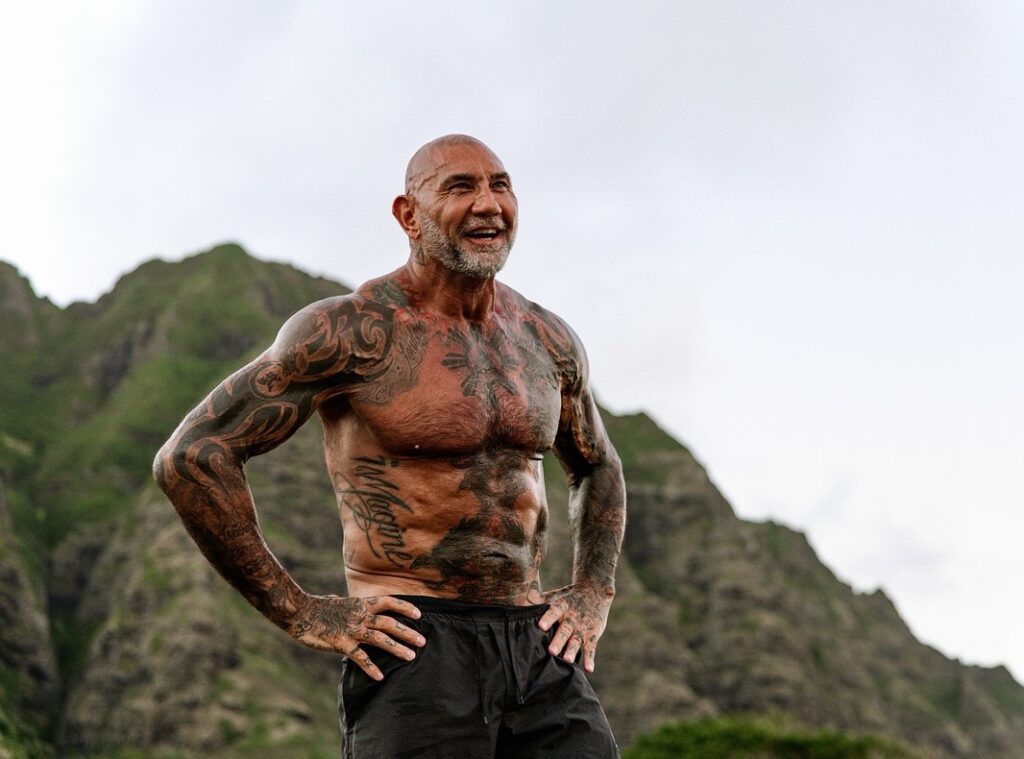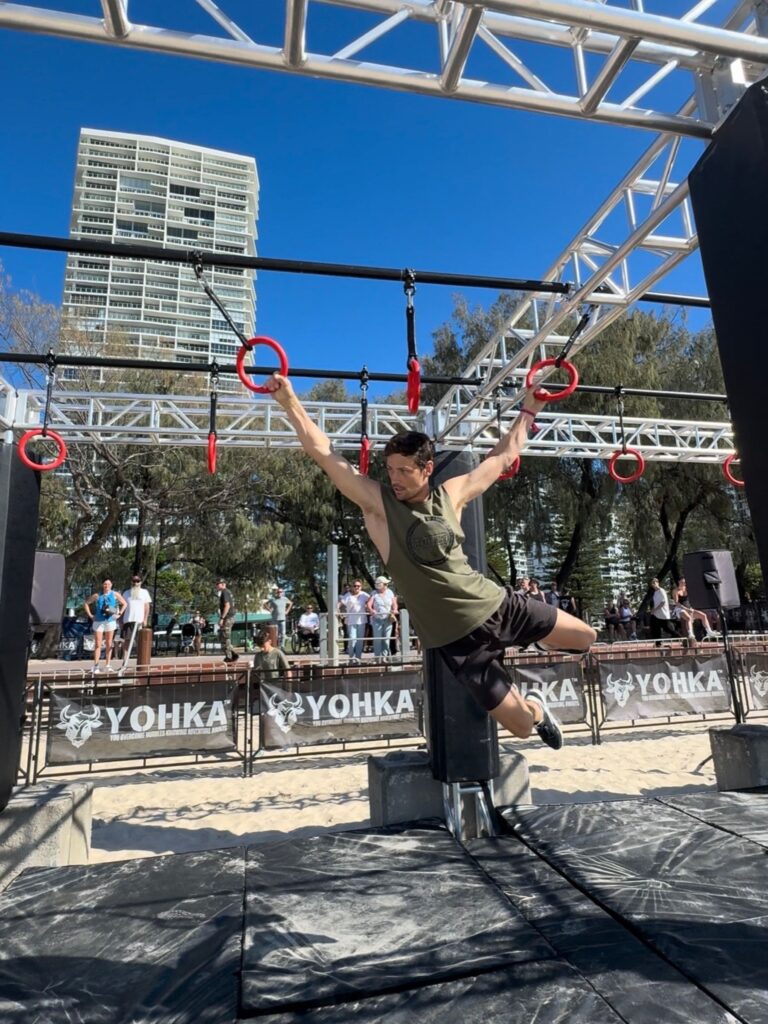ITS THE DAY after leg day and you’re having a hard time walking. And taking the stairs. And standing up from sitting. You’re extremely sore, and it’s difficult to do just about anything. That must mean you had a great workout. No pain, no gain, right?
“Contrary to popular belief, the level of soreness you’re feeling in your body has nothing to do with whether you had an effective workout or not,” says Ebenezer Samuel, C.S.C.S., MH fitness director. Often, the feeling you get after a workout is a phenomenon called delayed onset muscle soreness. Exercise causes small micro-tears in muscle fibres—which is completely normal, and how muscles grow back bigger and stronger. But, these micro-tears can cause some inflammation, which leads to pain.
If you’ve spent most of your life evaluating the efficacy of your workouts on the level of pain you feel on the days afterwards, you’re not alone. Here, Samuel talks about why muscle soreness shouldn’t be your marker of a good gym session—and what should be your north star instead.
Does muscle soreness mean you had a good workout?
Soreness is a fact of life in fitness. Importantly, however, Samuel notes that there is a difference between the burn you feel in your muscles post-workout, and the pain you feel in joints. If your joints are hurting, you might have a more serious problem that you should potentially investigate with a trip to the doctor or physical therapist.
Muscle soreness is a different story, and is going to happen when you strength train. Choosing to chase it, however, can lead to a problems. “Soreness does have a purpose in your workouts, and it has a ton of value,” Samuel says. “It’s just a poor measure of how we’re actually training.” Here’s why you should be smart about muscle soreness.
Pushing through soreness can lead to overtraining
If you’re aiming to work yourself up to soreness for every workout, you might lead yourself into overtraining. As your body adapts to the exercise you’re doing, your threshold for soreness increases. That means you need to do more and more every single time to reach that level of soreness.
“Workouts get longer, or workout intensity gets harder and harder,” Samuel says. “Training more intensely without any regard for anything but soreness could lead to injury.”
Soreness can lead to sub-optimal form
It could also cause you to alter your form. If you’re so sore that specific movements hurt, you’re likely going to tweak the way you’re moving to avoid pain. Lose form, and again—you’re setting yourself up for injury.
If you’re always sore, you’re never fresh
Plus, to optimise your next workout, you want to enter the gym feeling strong. That way, you’re able to really push yourself and push your heaviest weights. If you’re always chasing soreness, odds are you never feel fully recovered.
“If you’re not moving those heavy weights, then you’re stealthily killing your gains because you’ve got to move bigger loads in order to get stronger in the long term,” Samuel says.
What are better ways to gauge a workout?
Instead of worrying about how sore your muscles are after a workout, there are two questions you should ask yourself after every session.
Did your numbers improve?
First, did you increase weights or reps? Regardless of what your goal is in the gym, the way to get there is by progressive overload—gradually increasing the amount of load you’re lifting. So, one way to gage a good workout is to see if you’ve lifted more weight or more reps in a session.
Are you fresh for today?
The second question you want to ask is: are you ready to take on another workout? “You want to train just hard enough in every single workout to be able to hit your next workout feeling fresh,” Samuel says. Optimal recovery allows you to move your heaviest loads—which is essential for optimal hypertrophy and strength building.
When is muscle soreness useful?
Although soreness isn’t a great indicator of how hard you’re working in the gym, it can be good for some things.
There’s never an instance where full-body fatigue and soreness is a good thing, but soreness in specific muscle groups might be a good barometer to determine if you’re doing an exercise correctly, especially for beginners. If you crush a set of biceps curls and the next day you feel soreness in your shoulders, that’s a pretty good sign you need to evaluate your form.
Overall, just remember that the only proof that your workout was effective will come from the gains you’re able to achieve. That means you might not be able to gauge progress as quickly—but in the long run, you’ll be better for it.
This story originally appeared on Men’s Health U.S.
Related:




